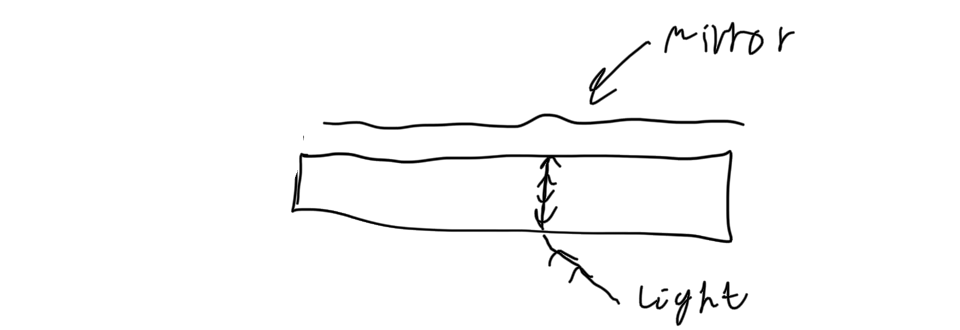Is it possible to have light refract in one direction, then reflect off a mirror but come back as a straight line like the picture below?
The context of this problem is in lens optics when a microdisplay is on the frame of the glasses and light is shining into the lens to project into the eye

